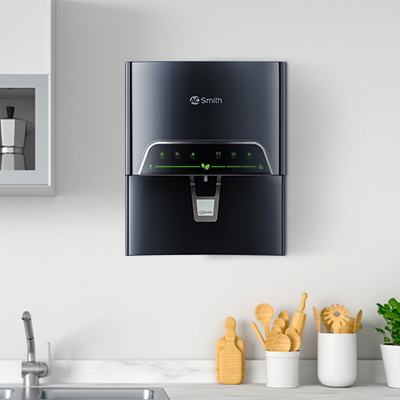Categories of Laminate Flooring
Laminate is an excellent floor option for every room in your home. However, if you're trying out laminate options for the first time, you can easily find lots of information.
Timber grain
Probably some of the most popular laminate floors are the "timber grain" type. For those with limited budgets or those who frequently change their minds, they may choose to install laminated wooden boards at home, similar to household wood instead of solid wood. Timber merchant highly recommended timber grain. This can save money, especially if the homeowner considers the exotic wood grain. The possibilities are endless and it's easy to find the colors and "woody" patterns that are right for your home.
Qualities
Laminates can also look like other floor coverings like marble, limestone, slate, and travertine. These types are usually made of ceramic tiles but are laid like wooden boards. In general, the larger the change in the tiles, the higher the price of laminates.
Different laminate floors
Setting up
One way to distribute laminates into different kinds is by the type of installation. This is especially important if you are laying laminate floors yourself. Choose the floor based on your preferred laying method. The different types of laminate flooring installation are:
• No glue clicks. Today, more than two-thirds of laminates are in this easy-to-install, adhesive-free click category.
Some laminate floors have pre-assembled underlays to make installation quicker and easier. For laminate flooring without a pre-installed underlay, it is usually necessary to install the underlay before installing the laminate to provide a degree of cushioning and sound absorption.
• Plywood. You have to glue the joints together. Although this can make the floor very strong after installation, setting up charges and periods are complex than glue less clicking.
• Pre-coated. The joints are already coated with adhesive but may need to be wetted to activate the adhesive before they are joined together.
External type
You may want to select the floor based on the look of the surface. Laminates keep evolving. There used to be a basic interface to choose from, and now there are many.
• Flat. The surface is smooth, just like the lacquer layer associated with hardwood.
• Printed and/or structure. Some laminates have a textured surface. Traditional imprints do not exactly match the grooves of the printed texture but make the surface invisible to the eye.
• Concerned/scraped hands. Hand-scraped laminate floors are now available - until recently, the process was only intended for multi-layer or solid wood floors. This process gives your laminate flooring a rustic look.
The advantage of laminate flooring is that you do not need a mallet or pins to lay it. In terms of barring systems, many producers have their own original skills, but they can be separated into two broad categories:
• Tongue & trench locking systems are the most popular. The system is composed of meshing elements. This keeps them safely in position so they stay safe after installation.
• Also use mechanical systems. These parts contain a mechanical aluminum barring system under the board to hold the parts together.
Laminate floor style
After choosing the laminate design you must choose the patterns. There are three main floor styles to choose from.
• 3-strip wooden board design for making 3 narrow planks in one board.
• 2 plank designs using 2 designs on one plank to make the natural hardwood look more natural.
• 1-strip plank design to make wood floors look more realistic. This style usually provides the highest texture quality for long wooden slats with beveled edges.
Functions of Laminate Flooring
When you buy a laminate floor, consult with builders merchants you can choose from some other features in addition to the laminate floor design. The properties you choose affect the type of cladding and the moisture resistance of the floor.
• The built-in chuck is ideal for home improvement, as it simplifies the installation process. It also generates the strongest sound buffer in your home or office.
• The edges of the impregnated wax are used to improve the moisture resistance of the floor. Once waxed, a seal is formed.
• The waterproof core can also extend the life of the soil. This is most commonly used in rooms where humidity is a factor, such as bathrooms or kitchens.
• Anti-Scratch provides an additional protective barrier for scratches and scratches. Ideal for people with pets and children.
• Overflow protection is a feature of multiple brand floors that ensures the protection of water or liquids on the floor for up to 24 to 72 hours without causing damage.


